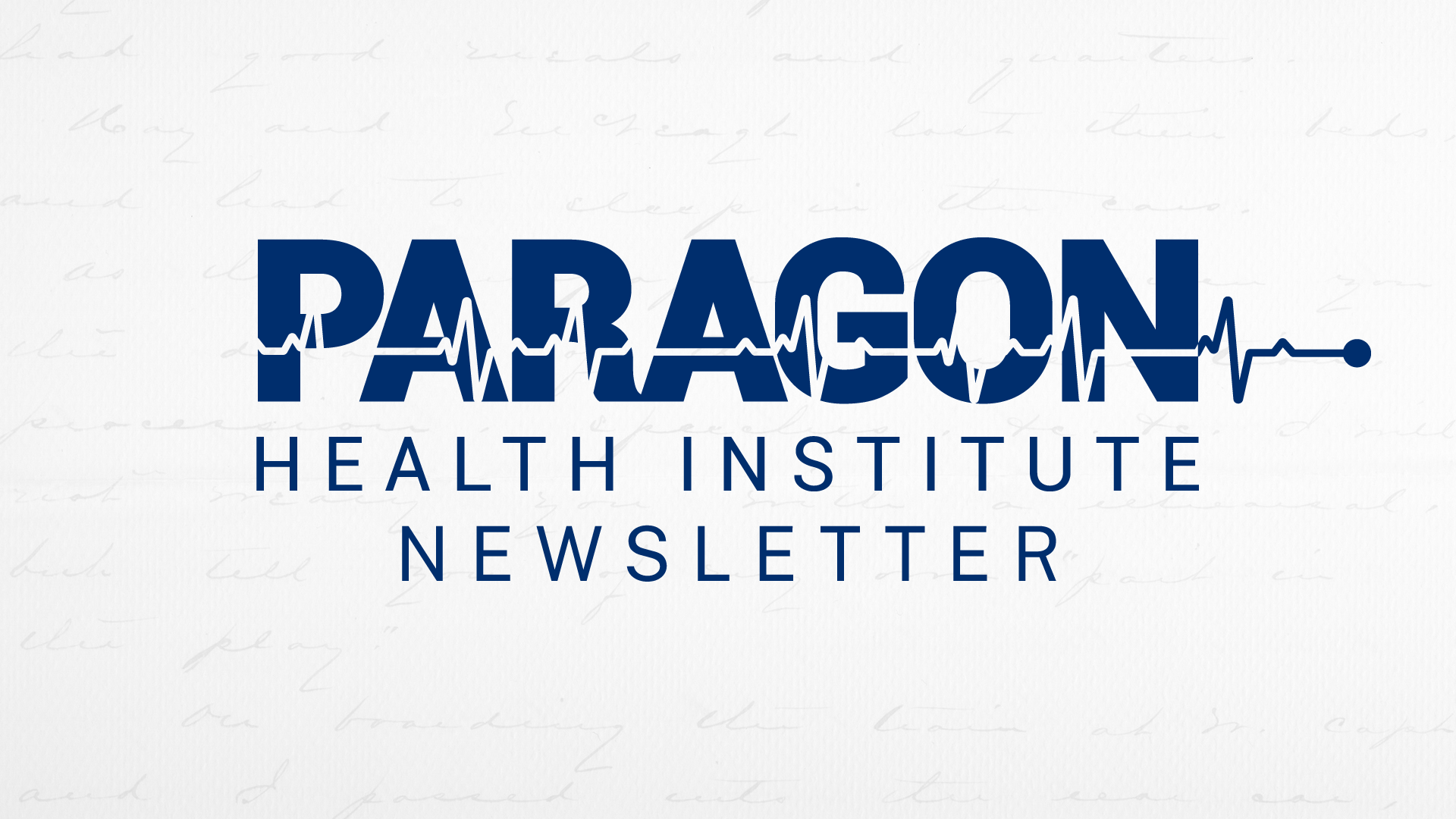If the state’s big nonprofit health systems can’t find a way to control prices, legislators will.
Indianapolis
When most people hear the word “nonprofit” they think of a benevolent organization driven by a desire to serve the community. This is certainly true of the public’s perception of nonprofit hospitals, which—like charities and churches—don’t pay federal, state and local taxes. Yet many large nonprofit hospitals charge unjustifiably high prices, which have led to irresponsible costs, exorbitant executive salaries and wasteful capital projects.
According to a Rand Corp. analysis, hospital prices in Indiana are an estimated 3.4 times as high as Medicare rates and the fifth highest in the country. A Harvard study estimated Indiana’s hospital prices are 3.6 times Medicare rates and the third highest in the country.
High hospital prices increase the cost of insurance. Every dollar an employer pays for employee health insurance is one less dollar for wages and to hire more people. If Indiana’s hospital prices were to drop to the national average, family income could rise by as much as $2,500 a year. For Indiana’s hospital prices to be at the national average, all else being equal, they would need to decline by more than 20%…
High hospital prices have produced massive profit margins. Between 2015 and 2019, large nonprofit hospital systems in Indiana averaged double-digit margins—well above the 3% national average. IU Health averaged a 14% profit margin and at the end of 2020 had $7.8 billion in cash and investments and $7 billion in annual revenue.
While hospitals are posting record-breaking margins, so are health insurers. This may seem odd, since hospitals and insurers are often on opposite sides of the negotiating table. But insurers lack incentives to reduce spending, especially when the largest carrier faces little competition. Perversely, an ObamaCare provision intended to limit insurer profits creates an incentive for higher spending. Since the law caps profits and overhead as a percentage of premiums, insurers can make more money if they spend more.
Misguided government policy causes other significant problems in healthcare markets, principally the reliance on third parties—insurers and government—to pay most healthcare bills. By overly subsidizing third-party payment, government policy has reduced Americans’ ability and incentive to be price-conscious consumers of healthcare services.
Compounding the lack of consumer incentives to shop for healthcare, most consumers follow the advice of their doctors. This can be a problem if doctors’ incentives work to reduce competition and push up overall spending…
Indiana’s hospitals have a choice. They can reduce their margins, trim excessive reserves and lower prices. Or they can fight to protect a status quo that produces unjustified profits. If they choose the latter, it’s only a matter of time before government steps in and controls prices.
Joe Biden was the only Democratic presidential candidate not to support a single-payer health system. Single payer would damage healthcare quality and destroy the hospital industry over the long term. If hospitals are prudent, they will take sensible steps now to prevent that from happening.
The full article is available in The Wall Street Journal.





